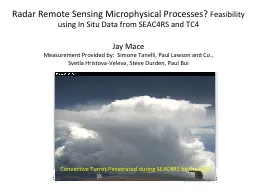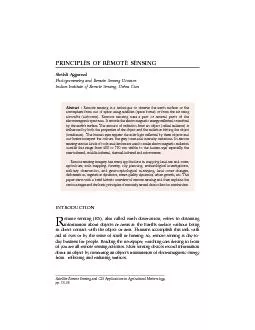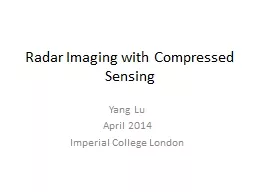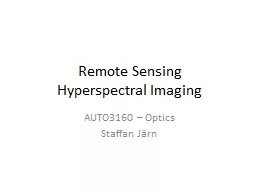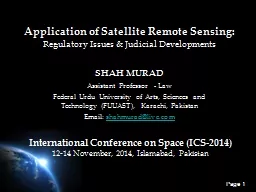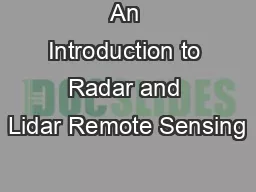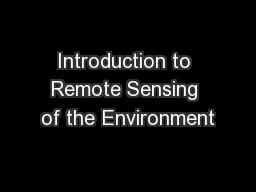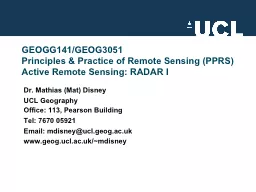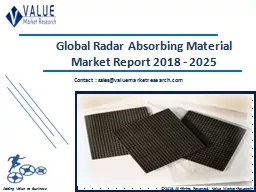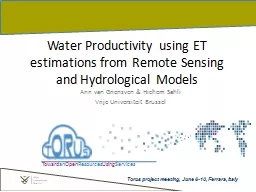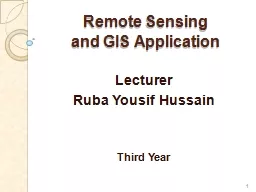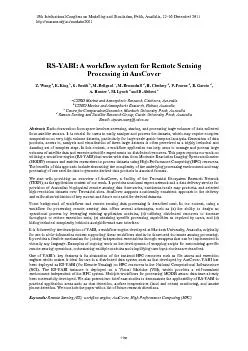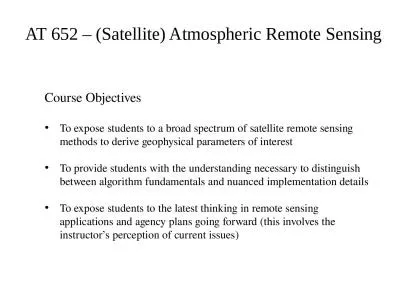PPT-Radar Remote Sensing Microphysical Processes?
Author : hotmountain | Published Date : 2020-08-26
Feasibility using In Situ Data from SEAC4RS and TC4 Jay Mace Measurement Provided by Simone Tanelli Paul Lawson and Co Svetla HristovaVeleva Steve Durden
Presentation Embed Code
Download Presentation
Download Presentation The PPT/PDF document "Radar Remote Sensing Microphysical Proce..." is the property of its rightful owner. Permission is granted to download and print the materials on this website for personal, non-commercial use only, and to display it on your personal computer provided you do not modify the materials and that you retain all copyright notices contained in the materials. By downloading content from our website, you accept the terms of this agreement.
Radar Remote Sensing Microphysical Processes?: Transcript
Download Rules Of Document
"Radar Remote Sensing Microphysical Processes?"The content belongs to its owner. You may download and print it for personal use, without modification, and keep all copyright notices. By downloading, you agree to these terms.
Related Documents

